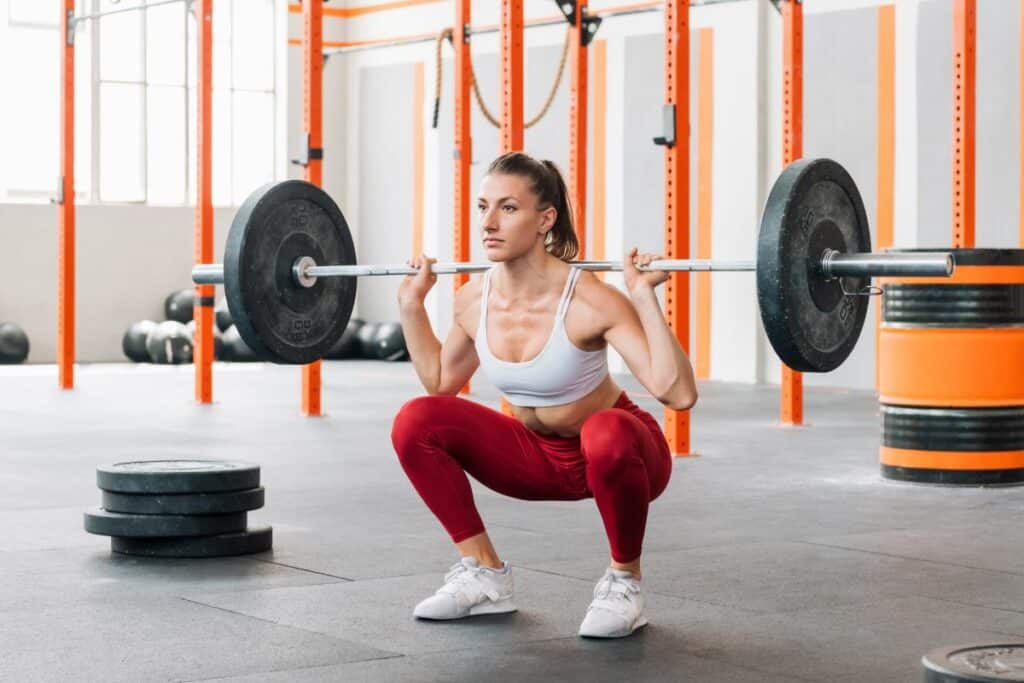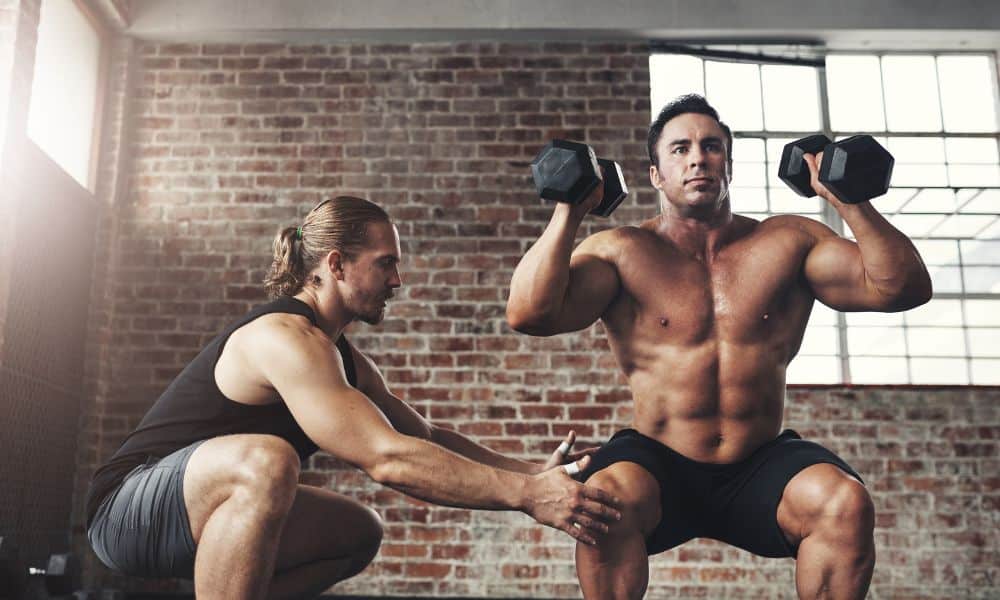One of the most debated topics in weight training is the ideal depth of a squat for maximum muscle growth. The depth of a squat can significantly influence the muscle groups activated and the overall effectiveness of the exercise. This article explores the factors that determine squat depth dilemma, its impact on muscle building, and provides guidelines to ascertain how low you should go.
Factors Influencing Squat Depth
Flexibility and Mobility: Individual flexibility, especially in the ankles and hips, can affect one’s ability to squat deeply. Limited mobility may prevent a full range of motion and necessitate modifications.
Body Proportions: Long femurs, a short torso, or other unique body proportions can affect squat mechanics and depth.
Strength and Stability: Adequate core strength and lower body stability are required to maintain proper form at greater depths.
Injury History: Prior injuries may limit squat depth, necessitating a shallower squat to avoid re-injury.
Impact on Muscle Building
Glute Activation: Deeper squats where the hips drop below the knees (below parallel) can lead to greater activation of the gluteal muscles.
Quadriceps Engagement: Parallel squats, where the thighs are parallel to the floor, effectively engage the quadriceps.
Hamstring and Adductor Involvement: A full-depth squat also involves the hamstrings and adductors to a greater extent, contributing to overall leg development.
Safety and Joint Health: While deeper squats can offer greater muscular engagement, they must be performed with proper technique to avoid undue stress on the knees and lower back.
How Low Should You Go?
The depth of your squat should be determined by your training goals, physical capabilities, and safety considerations.
For Hypertrophy: If building muscle is your goal, squatting to at least parallel is often recommended. This ensures significant muscle activation while maintaining safety.
For Strength Training: Powerlifters may train to meet specific competition standards, which typically require the hip crease to go below the knee.
For General Fitness: Those squatting for health and general fitness should focus on a depth that is challenging yet maintainable with good form.
Guidelines for Depth:
- Ensure you can maintain a neutral spine throughout the squat.
- Your heels should remain flat on the floor.
- Knee tracking should follow the direction of your toes.
- Pay attention to your body’s signals. Pain or discomfort may indicate a depth that is inappropriate for your current level of mobility or strength.
Conclusion
The squat depth dilemma does not have a one-size-fits-all answer. It requires a personalized approach that considers individual anatomy, mobility, and training objectives. Proper warm-up and consistent mobility work can improve squat depth over time. It’s crucial to prioritize form and safety over ego when determining how low you should squat. By doing so, you can harness the full muscle-building potential of the squat, tailored to your unique needs and goals.




